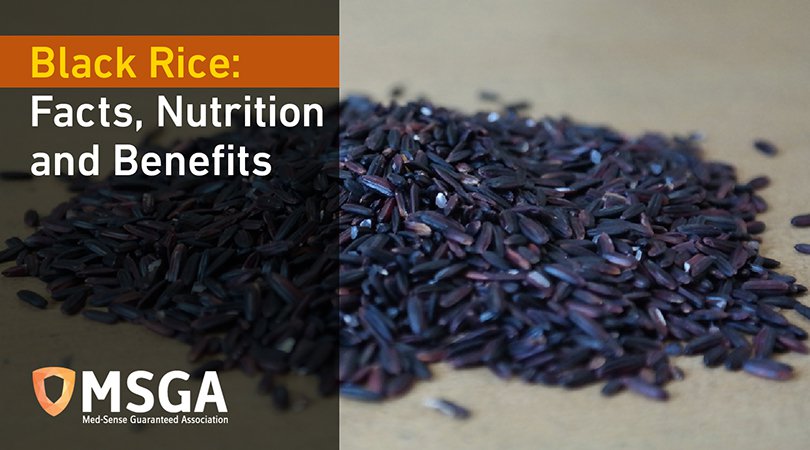If you’re a foodie who loves exploring the latest culinary trends you’ve probably seen eye-catching photos of black rice paired with multi-colored fruits and vegetables. But does this exotic grain really live up to the hype? How exciting can rice be anyway?
Black Rice Fact Sheet
Black rice has long been known as forbidden rice. That moniker, which has long added to the mystique of the grain, comes from ancient China when a small group of noblemen controlled the supply of black rice and allowed it to be cultivated under strict, carefully monitored conditions. They believed it improved kidney, stomach, and liver function. Today you can buy it online or in many specialty food stores. Times sure have changed haven’t they?
There are actually several different varieties of black rice that originated in different regions of Asia. In Thailand it’s traditionally served sweet as a dessert. Like other types of rice, black rice is versatile enough to pair with a myriad of different foods, leaving you without excuses to work it into your diet.
Nutrition
So is black rice really the super food it’s made out to be? If you compare black rice to the white rice that many Americans consume, the nutrition is far superior. That’s because black rice is a whole grain, which means it has all of nutrients that are stripped out of refined grains during the milling process.
But what about comparing black rice to other whole grain varieties, like brown and red rice? Black rice boasts the highest protein content of any rice variant, as well as the highest concentration of antioxidants. The dark black and purple color is indicative of many high antioxidant foods, like blueberries and blackberries.
Antioxidant anthocyanin, which is more highly concentrated in black rice than nearly any other food, is said to mitigate the risk of heart disease, improve brain function, reduce inflammation, and protect against certain types of cancer. Brown rice does win in one category though, and that’s vitamin E. Both brown and black rice have plenty of this important vitamin, but brown rice takes the lead.
If that’s not enough reason to pick up a bag of this exotic looking grain, consider this: black rice can also help lower your low density lipo-protein (LDL) cholesterol and even reduce the hardening of arteries. The high levels of fiber it contains also improves digestive health.
With all the health benefits it provides, black rice has earned its reputation as a super food. It’s no wonder that the noblemen of old protected it so carefully.
The Bottom Line
The healthiest option of all is to consume a blend of all types of whole grain rice, as well as any other types of whole grain you can work into your diet. A wide array of grains will ensure you’re consuming as many different vitamins as possible.
For your next dinner party, serve up a plate of black rice; your guests will be both impressed and well nourished. Rice doesn’t typically play a starring role on your plate, but with its super food status and unique appearance, black “forbidden” rice may just steal the stage.

